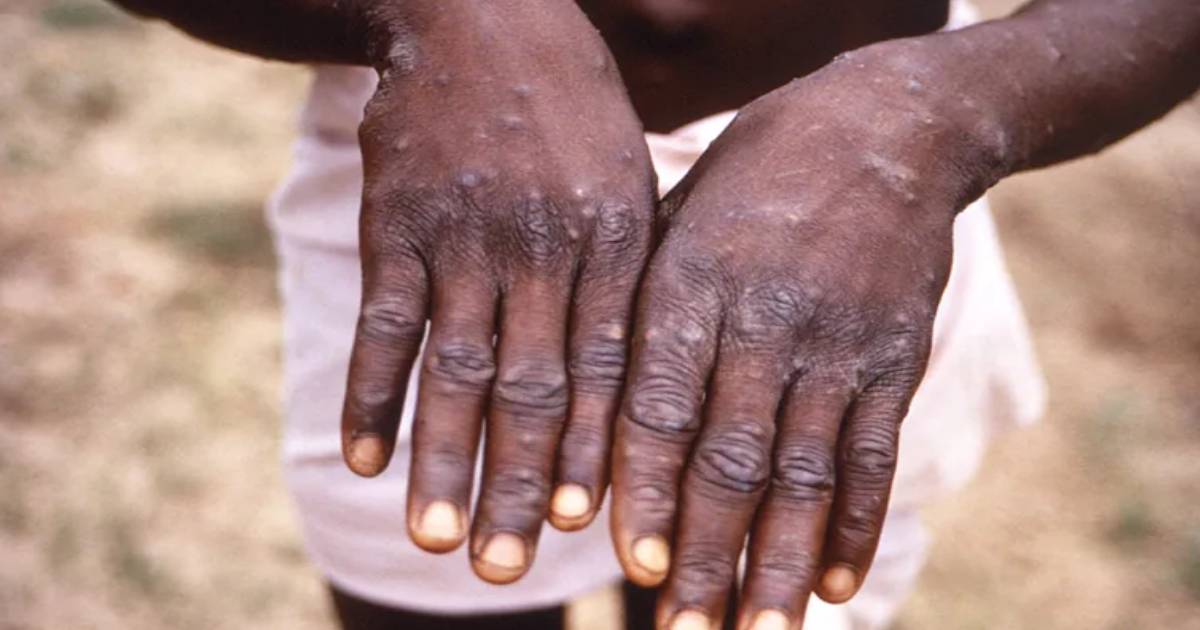
The Public Health Agency of Sweden on Thursday confirmed the country’s first case of monkeypox, a very rare and potentially fatal viral disease.
To prevent the further spread of the infection, the agency called on the government to declare the disease a danger to society to allow for measures, such as contact tracing and containment.
“This is a very unusual disease. The agency is now investigating together with the regional infection control units if there are more cases in Sweden,” Klara Sonden, a doctor specializing in infectious diseases and an investigator at the agency, said in a press release.
“The person in Sweden who has been confirmed to be infected with the virus is not seriously ill but has received care. We do not yet know where the person became infected. Investigation is ongoing,” Sonden said.
The agency has already notified the World Health Organization (WHO) and the European Centre for Disease Prevention and Control (ECDC), which on Thursday said cases have also been detected in the United Kingdom and Portugal. Suspected cases have also been reported in Spain.
According to the ECDC, Portugal reported five confirmed and more than 20 suspected cases on Wednesday.
The first case in the United Kingdom was reported by the UK Health Security Agency (UKHSA) on May 7 and is believed to be imported. On May 14, two more cases were detected in the country within the same household but with no recent history of travel and no contact with the case reported on May 7.
On May 16, the UKSHA confirmed a further four cases – all without recent travel history to endemic areas and without contact with the earlier cases.
All cases reported on May 16 were people who identified as men who had sex with men.
Originating from central and west Africa, monkeypox was first reported as a human disease in 1970, according to the ECDC. The first reported outbreak outside the continent was found in the United States in 2003 and was linked to imported infected mammals.
According to the ECDC, “transmission to humans can occur through contact with an infected animal or human, or with human bodily material containing the virus. Transmission between humans mostly occurs through large respiratory droplets. As droplets cannot travel far, prolonged face-to-face contact is needed. The virus can also enter the body through bodily fluids, lesion material or indirect contact with lesion material. ”
The incubation period is typically six to 16 days, in some cases up to 21 days, the ECDC said.
Symptoms include fever, headache, muscle ache, backache, swollen lymph nodes, chills and exhaustion. A rash typically develops. The rash finally forms a scab, which later falls off, indicating that the person is no longer infectious.




